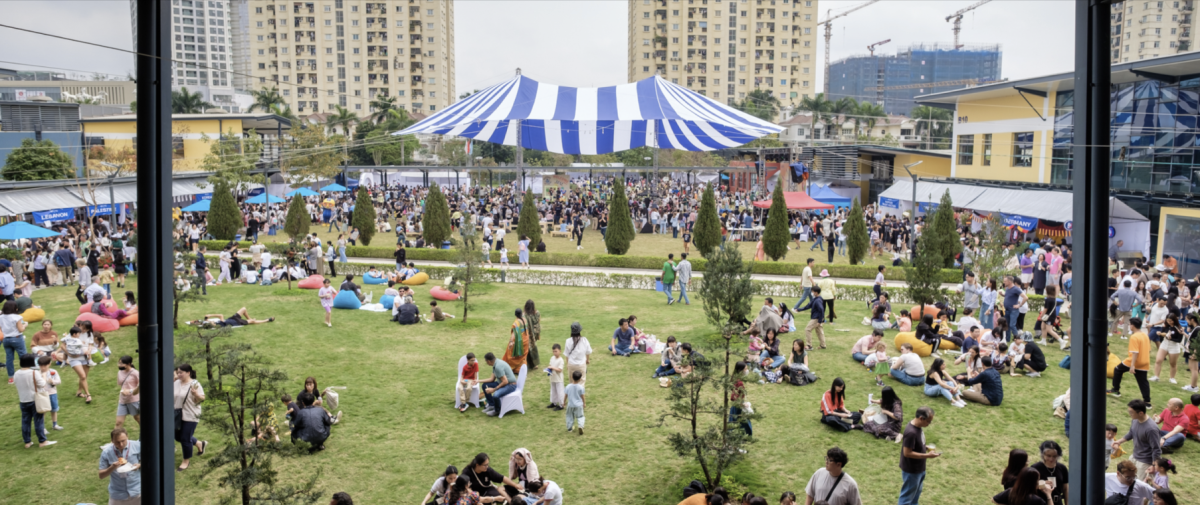From September through March, millions of students around the world work tirelessly against the clock in pursuit of one goal: admission into their dream university. Many times their idea of a successful application is based on a list, rather than what is most suitable for them. Mr. Daniel Nguyen, one of the three high school counselors, in response to this, said, “Rankings do not equate to success. It is a very dangerous way to look at rankings.”
In September every year, US News & World Report, the gold standard of college rankings lists, releases its “Best National University Rankings”. This year’s rankings feature the same top three universities, Princeton, Harvard, and MIT, but some notable changes have been made. In efforts to try and make their rankings more accurate, the previous year has seen a methodological change in which the list places more emphasis on the “social mobility metric” which considers how colleges improve graduates’ economic position. This has resulted in large changes, with colleges with a higher percentage of low-income and minority students such as San Diego State jumping up 46 places.
But if there are winners, there are losers. Private colleges with little socioeconomic diversity such as Wake Forest fell 18 places out of the top 30. Vanderbilt, a highly prestigious college, fell from 13th to 18th. Their chancellor, Daniel Diermeier lashed out, mentioning the “lack of rigor and competence that has increasingly characterized U.S. News’ annual lists” and the “many glaring flaws” in the new methodology. They blamed their drop on the removal of factors such as “faculty with the highest degrees attainable in their fields” and “the percentage of entering students who are in the top 10% of their high-school class,” which favors large public universities rather than smaller, private institutions. Because colleges see a 6% to 10% growth in applications when they get into the top 25, the results of the rankings hold a lot of weight.
In recent years, however, there has been a trend of schools refusing to share their data with US News, a 5.4% drop since 2022. Columbia University was the first Ivy League school to withdraw from submitting data to the US News undergraduate ranking, resulting in a drop from 3rd to 18th. Schools that did not submit data were ranked based on third-party sources such as College Scorecard and generally saw large drops in ranking placement.
While college ranking lists may be a great indicator of quality, and possibly guide applicants’ decisions, it should by no means dictate where they ultimately apply to and determine their success. There is a common misconception among students and even adults that the higher the ranking, the higher the chances to be successful in life. The recent addition of factors like the “social mobility metric” challenges these assumptions by highlighting colleges that excel in supporting students from diverse economic backgrounds to succeed. This metric can shift students’ perceptions by emphasizing that success isn’t only tied to prestige but also to a school’s ability to empower social mobility and personal growth, regardless of its rank. What they often neglect is that the rankings don’t take into account whether colleges are the best fit for applicants, on which Mr. Daniel commented, “Ranking systems don’t care about student profiles”. Sometimes students may just apply to an Ivy League or top 25 school, even though they may not be the best location or have a program that they want. A school can be high academically but not have diverse arts programs, so for the student who wants to be involved in that, they should instead consider smaller schools, or liberal arts schools instead of just the Ivy’s.
Even more damaging is the pressure that it puts on students in an already hectic time. The application process has only gotten more competitive, with more and more students around the world fighting to be in the slim 5% accepted into the top colleges. The 2022–2023 academic year saw the fastest growth in international student enrollment in over 40 years, with the U.S. hosting more than one million international students—a 12% increase from the previous year. This “all or nothing” mentality creates large amounts of anxiety for students, constantly in a race to do more even though it may not necessarily be better. The numerous clubs, extracurricular activities, SATs, and class work to have an exceptional application pushes students to make nearly sleepless nights normal.
Then in this zero-sum game, what can students do to make the best decisions for themselves? Students from international schools like UNIS Hanoi may need to broaden their college search to include a diverse range of institutions, including those beyond the most selective universities. Engaging in early and comprehensive college counseling can also be beneficial in navigating the increasingly competitive landscape of U.S. college admissions. Mr. Daniel, Ms. Fairbairn, and Ms. Fleming have been working intensely with students to help them research the campus culture, location, programs, etc. Also look further at the alumni network, career services that universities offer, and information about post-graduate jobs to ensure they are getting a full picture. While being in Vietnam makes it harder to visit colleges and truly get a feel of what the campus has to offer, there are plenty of online webinars, information sessions, and other ways to find this.
The prestige and reward that comes with getting accepted into a big-name university like Harvard or Stanford is undeniable, and that is unlikely to change anytime soon. However, while students should still aim for top colleges, more attention should be given to less well-known ones that may be better suited to specific students. Additions such as the “social mobility metric” may not be perfect, but it is a start in a conscious effort by ranking agencies to diversify their criteria. This is not a change that is going to happen overnight but with gradual changes to the way colleges are ranked, as well as the way students approach the application process, hopefully, students will view it as an opportunity to choose a path that suits them, rather than an obligation and seemingly unwinnable race against thousands of others.





